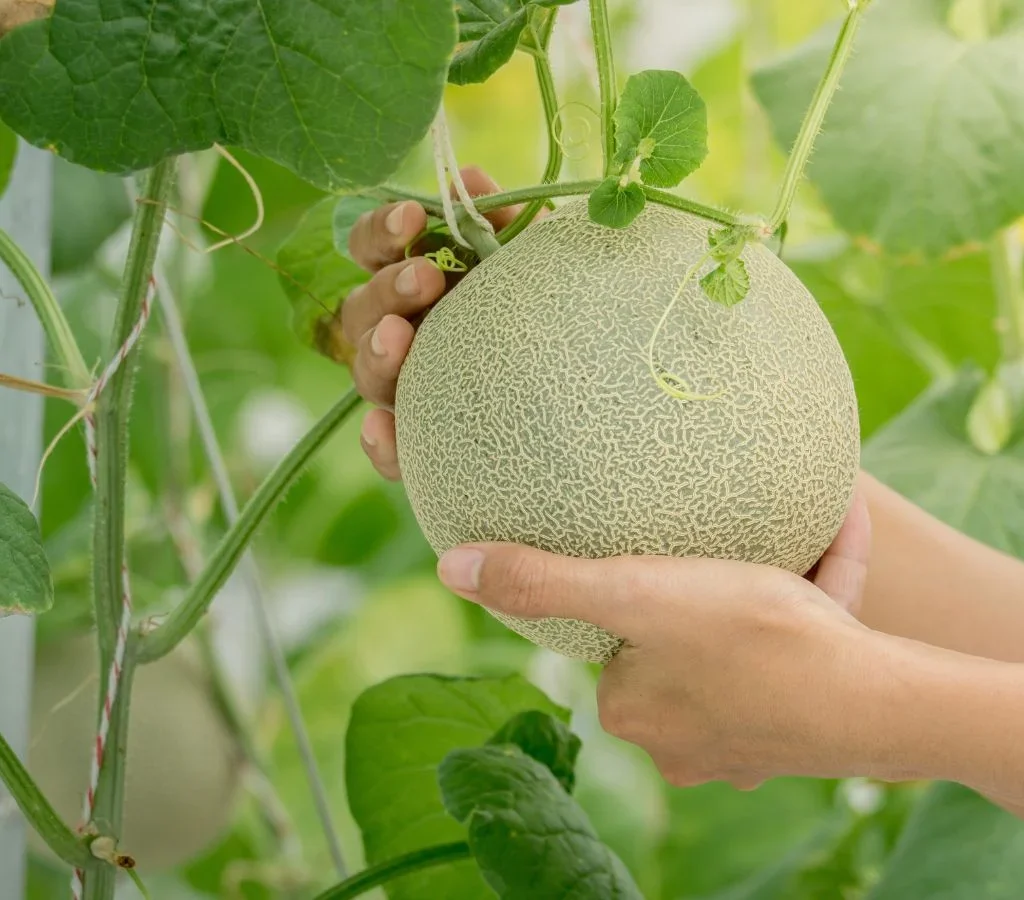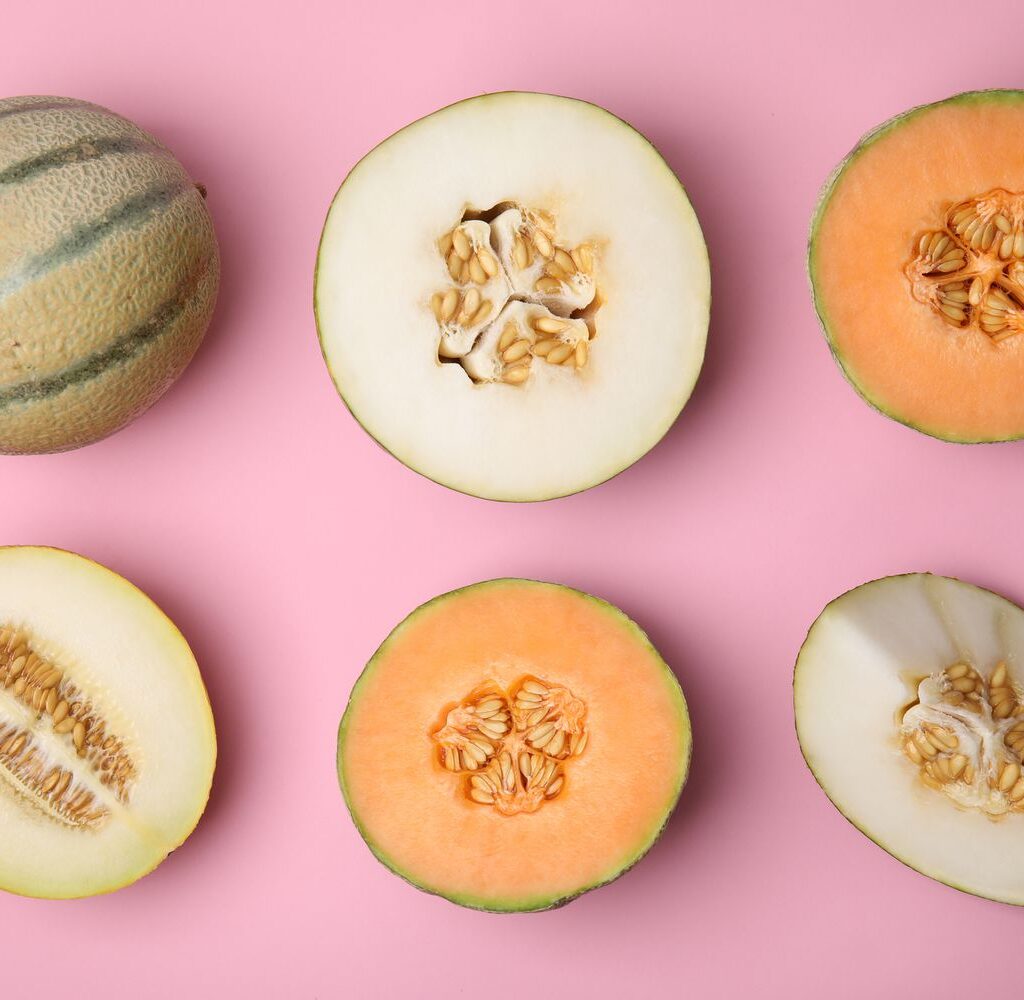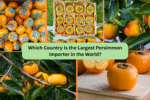Cantaloupe, with its sweet, fragrant orange flesh and hydrating qualities, is one of the world’s most beloved summer fruits. While it’s grown in many regions across the globe, not every country produces enough cantaloupe year-round to meet demand — particularly in temperate climates with cold winters. As a result, the international trade of cantaloupe has grown steadily, with several countries importing large quantities to satisfy their markets.
In this article, we’ll uncover which country leads the world as the largest cantaloupe importer, what drives their demand, where their imports come from, and how global cantaloupe trade flows work.
Global Cantaloupe Market Overview

Cantaloupes fall under the HS code 080719, covering fresh melons excluding watermelons. Global demand for fresh melons, including cantaloupe, is significant due to their health benefits, light sweetness, and refreshing taste.
According to the latest trade reports:
- The global import value for melons and cantaloupes exceeds $1.8 billion annually.
- Around 1.9 million metric tons of melons (excluding watermelons) are imported worldwide each year.
- Import trends are largely driven by seasonal demand gaps and consumer appetite for tropical fruits in colder months.
The United States — The Undisputed Leader
The United States is the largest cantaloupe importer in the world. Despite being a major grower of cantaloupes, especially in states like California, Arizona, and Georgia, the country cannot meet year-round domestic demand. Fresh cantaloupes are highly sought after in American households, restaurants, hotels, and juice bars — especially during the colder months when local production halts.
U.S. Cantaloupe Import Statistics:
- The U.S. imports approximately 567,000 metric tons of cantaloupe and other melons annually.
- This represents nearly 30% of total global melon imports.
- In 2024, the U.S. spent around $387 million on melon imports, with a large portion dedicated to cantaloupes.
Where Does the U.S. Import From?
During the fall, winter, and early spring months, when domestic cantaloupe farms aren’t producing, the U.S. sources its melons from:
- Mexico
- Guatemala
- Honduras
- Costa Rica
These Central American and North American countries offer tropical and subtropical climates ideal for year-round cantaloupe production. Thanks to established trade agreements and close proximity, they serve as the primary suppliers for the U.S. market.
Other Major Cantaloupe Importers

While the U.S. dominates cantaloupe imports globally, several other countries play significant roles in the trade:
Netherlands
The Netherlands acts as a logistics hub for Europe. Major shipments of cantaloupes arrive at Rotterdam and other Dutch ports before being distributed to surrounding countries like Germany, the UK, and Belgium.
- Annual imports: Around 178,000 metric tons of melons.
- Primary sources: Brazil, Costa Rica, Honduras, and Spain.
Canada
Canada ranks third globally, importing cantaloupes primarily during the fall, winter, and spring to compensate for its short growing season.
- Annual imports: Approximately 135,000 metric tons.
- Main suppliers: United States, Mexico, Guatemala.
United Kingdom
The UK is a major melon consumer, with a strong preference for ready-to-eat, pre-cut cantaloupe snacks sold in supermarkets.
- Annual imports: Around 127,000 metric tons.
- Key suppliers: Spain, Brazil, South Africa.
Germany & France
Both Germany and France are important cantaloupe markets within the European Union.
- Germany: 117,000 metric tons.
- France: 108,000 metric tons.
Most of their imports come from Spain, Brazil, and the Netherlands.
Why Do These Countries Import So Much Cantaloupe?
Several factors explain the high import volumes in these countries:
Seasonal Production Gaps
Countries like the U.S., Canada, and those in Northern Europe have short cantaloupe-growing seasons. Imports from tropical and subtropical regions fill the gap during colder months.
High Consumer Demand
Cantaloupe’s health benefits (rich in vitamins A and C, hydrating, low-calorie) drive consistent demand in health-conscious markets.
Foodservice and Hospitality Industry
Hotels, restaurants, juice bars, and catering services maintain a steady demand for fresh cantaloupe year-round for breakfast buffets, fruit platters, and cocktails.
Changing Dietary Trends
As plant-based diets and fresh food consumption rise, cantaloupe remains a popular ingredient for salads, smoothies, and healthy snacks.
Cantaloupe Import Growth Trends
While the U.S. remains the top importer, newer markets are beginning to increase their demand for cantaloupes:
- Saudi Arabia, UAE, and other Gulf countries have experienced rising melon imports driven by luxury hotel and hospitality sectors.
- Portugal and Spain, despite being exporters themselves, sometimes import specialty varieties from South America during specific months to supplement domestic availability.
- Eastern European countries like Poland and the Czech Republic are increasing their cantaloupe imports as consumption trends shift toward healthier foods.
Top Cantaloupe Exporters Globally

The world’s top cantaloupe exporters supply these high-demand import markets. The leading cantaloupe-exporting countries include:
- Spain — Europe’s largest melon exporter.
- Brazil
- Guatemala
- Honduras
- Mexico
- Costa Rica
These countries benefit from favorable growing conditions and trade relationships with North America and the EU.
2024 Global Cantaloupe Import Snapshot

| Rank | Country | Import Volume (Metric Tons) | Global Share |
|---|---|---|---|
| United States | 567,000 | 30% | |
| Netherlands | 178,000 | 9.4% | |
| Canada | 135,000 | 7.1% | |
| United Kingdom | 127,000 | 6.7% | |
| Germany | 117,000 | 6.2% | |
| France | 108,000 | 5.7% |
Source: ITC Trademap / FreshPlaza 2024 data
Conclusion

The United States is by far the largest cantaloupe importer in the world, accounting for almost one-third of global imports. Driven by high consumer demand, a short domestic growing season, and a strong preference for fresh produce, the U.S. leads this sector, sourcing mainly from Central American neighbors and Mexico.
Europe, while collectively importing large volumes, sees the Netherlands, Germany, the UK, and France as major players. Their imports primarily arrive from Spain, Brazil, and Honduras.
As global trade flows evolve and dietary habits increasingly lean toward fresh and healthful foods, cantaloupe imports are expected to grow, with emerging markets in the Middle East and Eastern Europe joining the ranks of top importers in the years ahead.
Would you like me to help draft a matching SEO meta title and description or infographic outline for this article? Just let me know!Tools





Leave A Comment